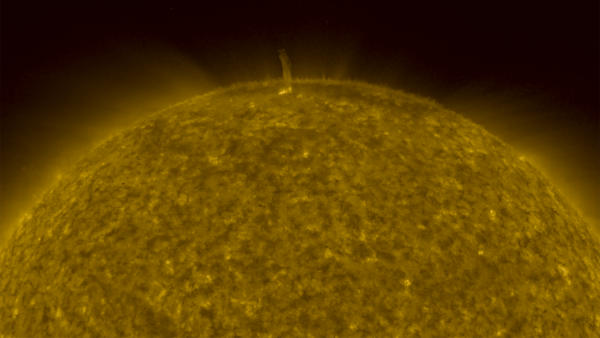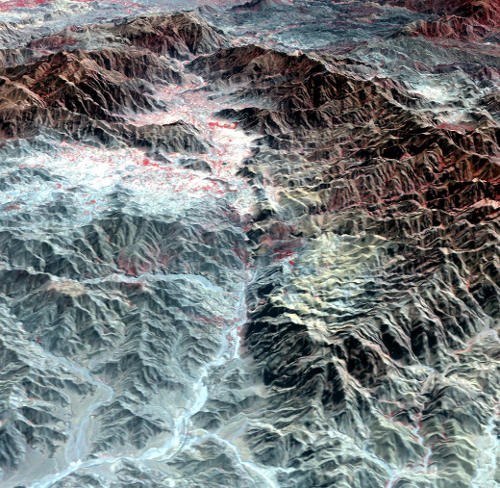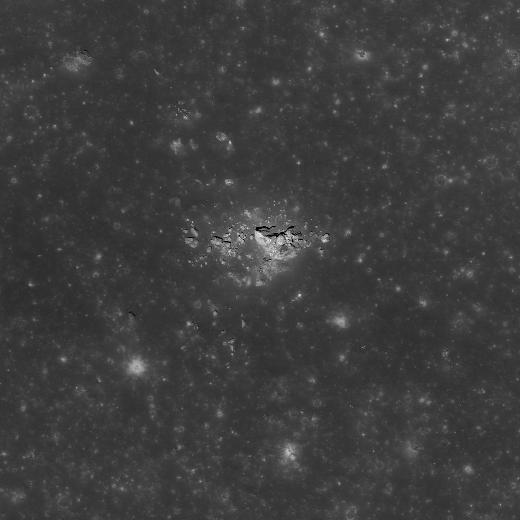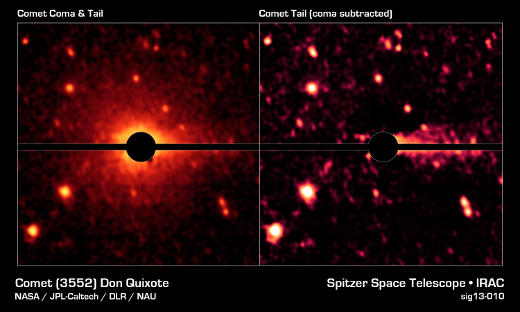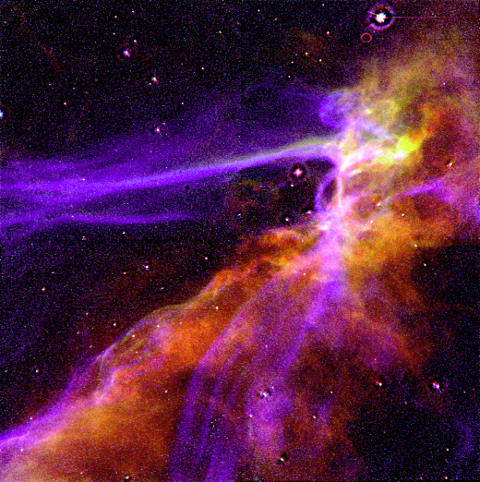
This very “psychedelic” looking image didn’t originate in any human mind, no matter how stimulated. Instead it gives us a peek into the marvel that is our universe. This composite image was taken by the Hubble Space Telescope (HST) and shows a stunning supernova in a part of the northern constellation Cygnus, the Swan.
The bubble-like expanding blast wave is believed to have resulted from a colossal stellar explosion, that occurred about 15,000 years ago. The supernova remnant is within the plane of our Milky Way galaxy and is 2,600 light-years away. Data from Hubble allowed astronomers to directly compare the actual structure of the shock with their theoretical model calculations. The supernova image shows the blast wave overrunning dense clumps of gas, where the different colours represent different gases at certain temperatures (red=sulfur; green=hydrogen; and blue=oxygen atoms).
